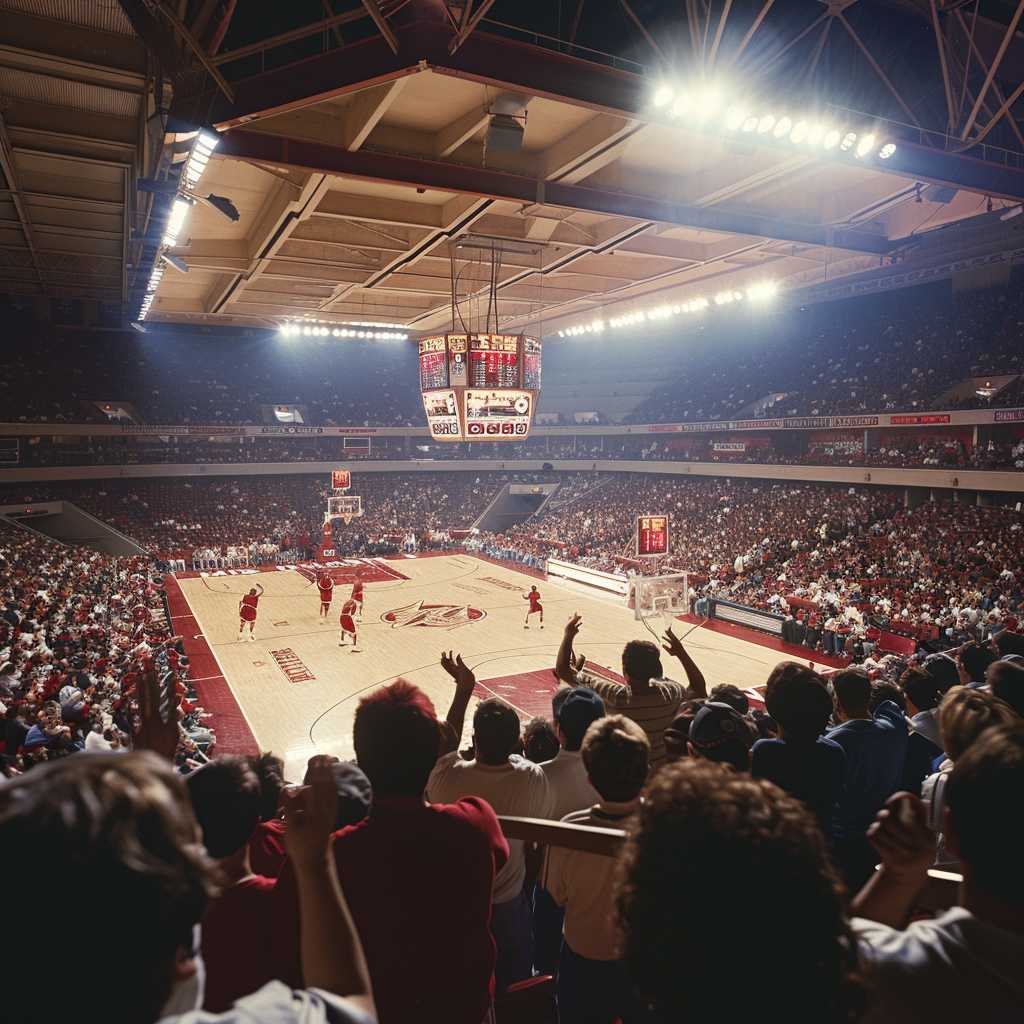A Comprehensive Overview of College Basketball in the United States
College basketball in the United States is a popular sport that holds a significant place in American culture and serves as a development ground for players aspiring to reach professional leagues like the National Basketball Association (NBA). Historically rich and diverse in its composition, the collegiate basketball system involves numerous conferences, traditions, and rivalries that contribute to its dynamic character. This article delves into the structure of college basketball, its significance in sports culture, notable tournaments, and the future prospects for players.
The Structure of College Basketball
To understand college basketball, one must become familiar with the organization of teams and conferences across various divisions. The primary governing body of collegiate sports, including basketball, is the National Collegiate Athletic Association (NCAA), which is divided into three divisions, reflecting varying levels of competition and resources: Division I, Division II, and Division III.
Division I
Division I comprises the most competitive programs with larger budgets, more scholarships, and more extensive facilities. Teams are further segmented into conferences, such as the Big Ten, Atlantic Coast Conference (ACC), and Southeastern Conference (SEC). Each conference organizes its own schedule and championship, with winners often earning an automatic berth in the NCAA Tournament, famously known as “March Madness.”
Division II and Division III
Divisions II and III foster a more balanced approach between athletics, academics, and extracurricular involvement. These divisions offer fewer athletic scholarships than Division I, but they still provide high levels of competitive play. These schools range widely in terms of size and academic offerings.
Supporting Federations
Beyond the NCAA, other organizations such as the National Association of Intercollegiate Athletics (NAIA) and various junior colleges operate their own athletic programs adhering to different governance structures and standards.
Cultural Significance of College Basketball
College basketball occupies an esteemed position in American sports culture. Its prevalence at educational institutions creates a sense of community and loyalty among students, alumni, and local fans.
Rivalries and Traditions
Many universities maintain longstanding rivalries that attain legendary status within the sport. Classic rivalries often feature historic match-ups such as Duke vs. North Carolina or Kentucky vs. Louisville. These contests regularly garner national television audiences and serve as annual benchmarks of school pride.
March Madness
Perhaps the most defining aspect of college basketball is March Madness—the NCAA Division I Men’s Basketball Tournament—an event that captivates sports fans across the nation with dramatic upsets as well as the prospect to witness future NBA stars.
Economic Impact
The monetary influence of college basketball is substantive. March Madness alone generates significant advertising revenue, while loyal fan bases help sustain merchandise sales year-round. Additionally, successful basketball programs can elevate the profile of their respective universities, boosting applications and donor contributions.
Notable Tournaments in College Basketball
The NCAA Tournament is the apex of college basketball competition but other tournaments and events also play critical roles in shaping the landscape.
Conference Championships
Each conference organizes a postseason tournament to crown their champion—with winners typically gaining automatic entry into March Madness. These tournaments can provide smaller schools an opportunity to compete on a national stage.
Invitational Tournaments
Early-season tournaments such as the Maui Invitational or Preseason NIT offer teams high-quality opponents outside their regular conference play.
Tournaments Impact on Player Development
College tournaments have become platforms where players can display their skills against top-tier competition—an important step in assessing their readiness for professional play.
Future Prospects for College Basketball Players
While a minority advance to professional careers within the NBA or overseas leagues, college basketball players gain valuable experiences—on and off the court—that can drive personal growth and future success in various fields besides sports.
Statistics And Professional Pathways
Players also confront the reality that only a limited number find places in professional basketball after college. Consequently, many athletes utilize their college careers to secure degrees and pursue alternative professional pathways.
Current Changes: Name, Image, and Likeness Rights
Recent developments have seen an alteration in regulations concerning athletes’ rights to profit from their name, image, and likeness (NIL). This has opened new avenues for college athletes to earn money while maintaining amateur status—a seismic shift with broad implications for players’ personal branding opportunities.
Notes
Image Description: A photograph depicting a crowded college basketball arena during a high-stakes game; fans adorn apparel in school colors while they cheer on student-athletes passionately engaged on a brightly lit court.
